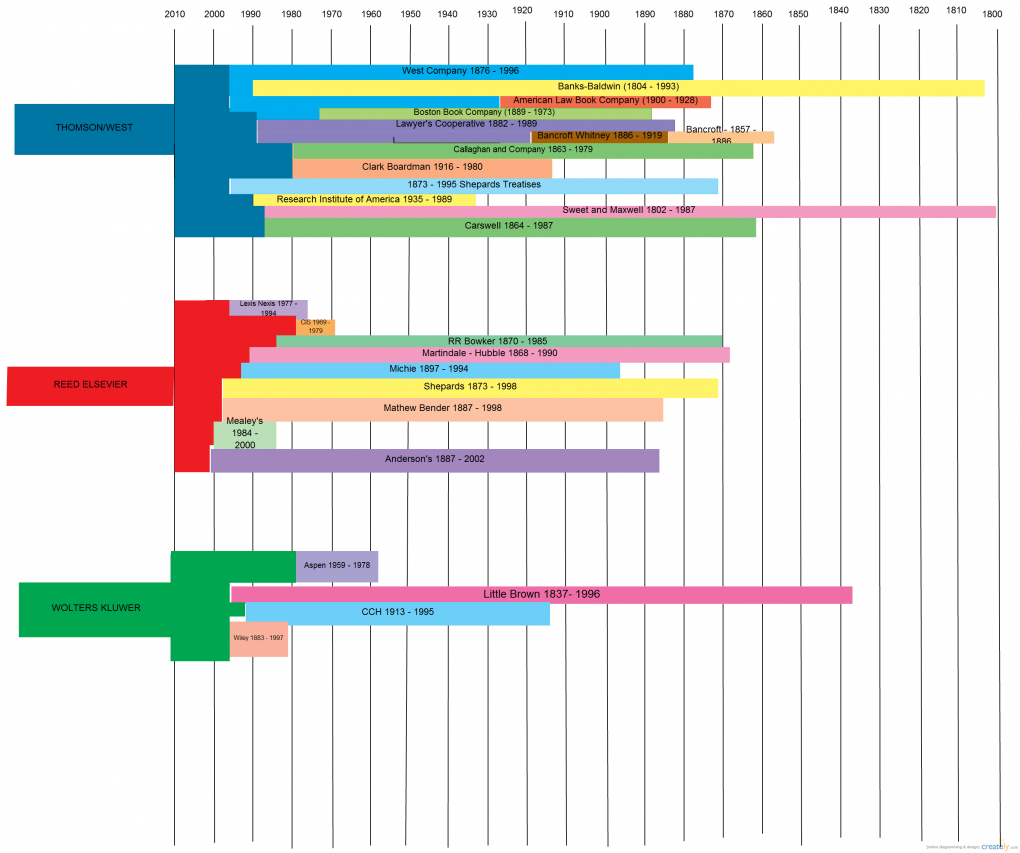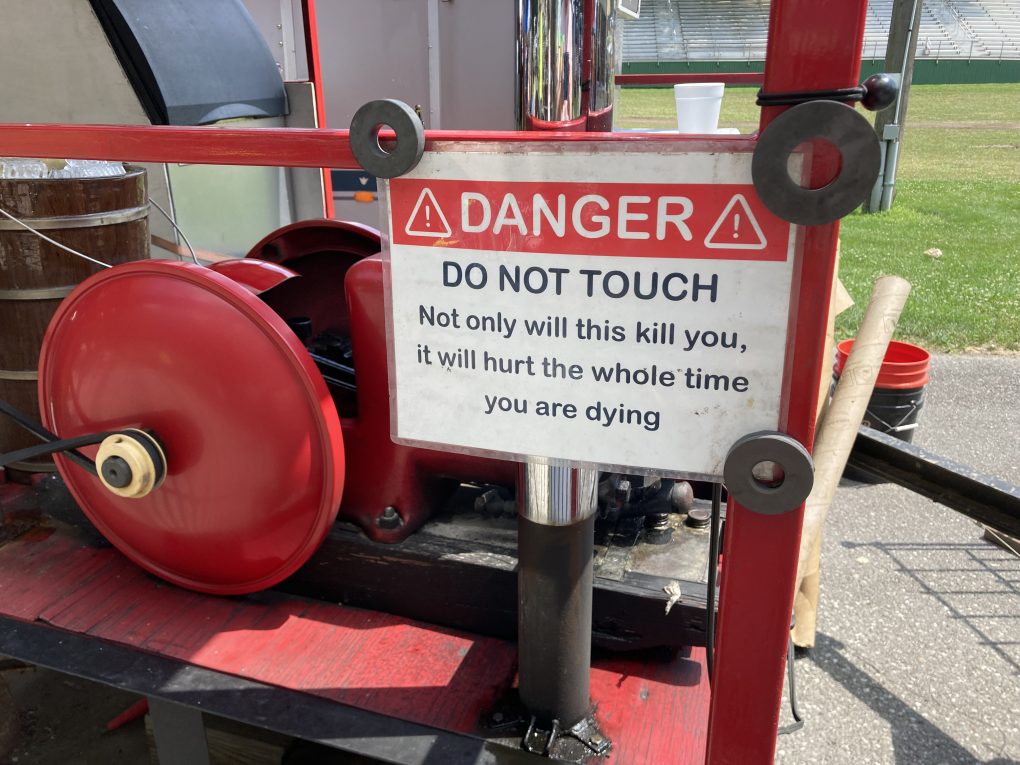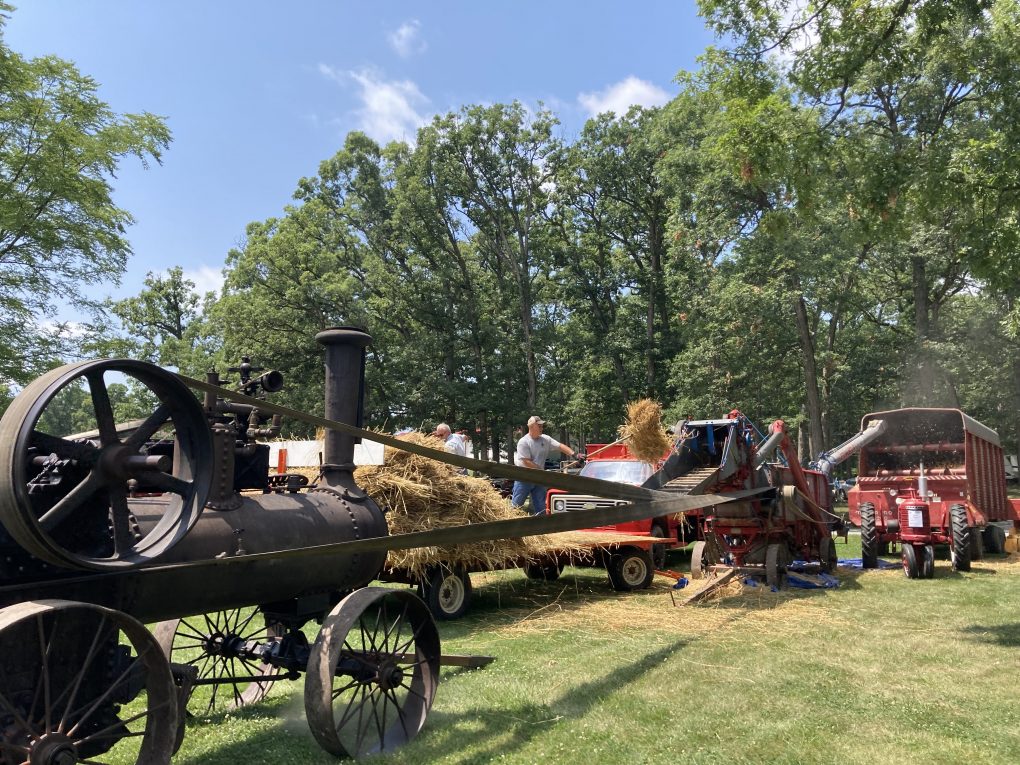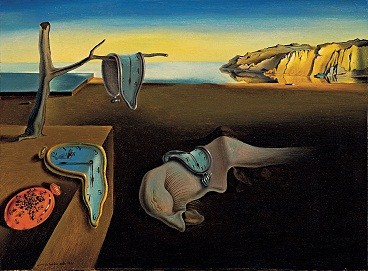If you’ve been aware of my existence for awhile, you probably have noticed I love thinking about the history of technology and using it to look for parallels in my modern professional life. Partly so as to not repeat past mistakes and party because there’s only so many tunes in life – shout out Damian Riehl – and we just play them at different tempos or with a new stylistic overlay.
But I’m getting a head of myself.
I told someone earlier this week that I don’t have an MBA, but I do go to a lot of industrial museums and farm shows with my dad and religiously watch “The Machines/Food/Toys/etc That Built America” on the History Channel and that almost as good as reading Harvard Case Studies. Plus there’s not a kettle corn booth at Harvard.
Trust me, I would have found it if there was.
This weekend, as we do many weekends during the five months of the year that there’s not a threat of snow in Northern Indiana, Dad and I went to an antique tractor show. These shows welcome all types of older tractors, but there’s usually a brand highlighted and owners will literally travel from five states away to be with others of their kind.

(My family are Oliver people and much like the thug life, I didn’t choose it for myself but I guess this is my tractor fandom until I die. There’s a model one behind my right shoulder if you’re ever in video call with me.)
Why the excitement over a brand of tractor? Well, there used to be dozens of tractor manufacturers, and now there’s basically three.
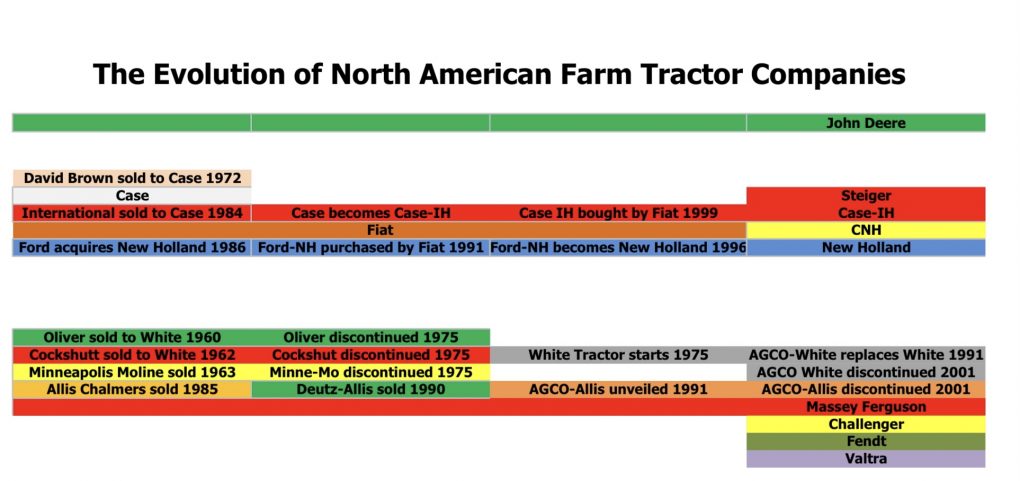
Tractors are generally meant to be used and used hard and thus only a small percentage from the multi-brand days have survived. So people are excited to see large gatherings of them and swap tips and tricks.
But I’ve talked about those parallels before. At least in passing on social media.
This weekend’s tractor show was a little unusual in that the star brand wasn’t a brand at all. It was generally “all steam tractors.”
I hate steam tractor shows. They’re loud, they smell, and they’re incredibly dangerous. On the bright side, the idea of a P(doom) number seems quaint when this
is the sign you see while you’re waiting for (steam powered churned) ice cream.
There’s usually a demonstration area.
While watching this and waiting to meet my death by being scalded by an exploding steam engine or be emotionally scarred by seeing someone lose a limb to the open belts, my mind began to wander, as it would, to legal technology.
When you see older equipment like this is action or even in a museum, you appreciate how it must have made life exponentially easier than it was while at the same time still being absolutely sucky to use. I thought it might be fun – for various definitions of fun – to have an area like this at various legal tech conferences (minus the threat of death and dismemberment) where younger folks could try typing on a typewriter (without correction tape), use a Bates stamp, type five perfect Boolean searches within a time limit so you don’t get charged too much, touch a Ubiq terminal, etc.
Why? For one, history is fun (and that’s even before I start planning my historical interpreter 1980s legal Secretary cosplay) but also I think seeing the way that things used to be done puts current processes in context.
Y’all know what a skeuomorph is, right?
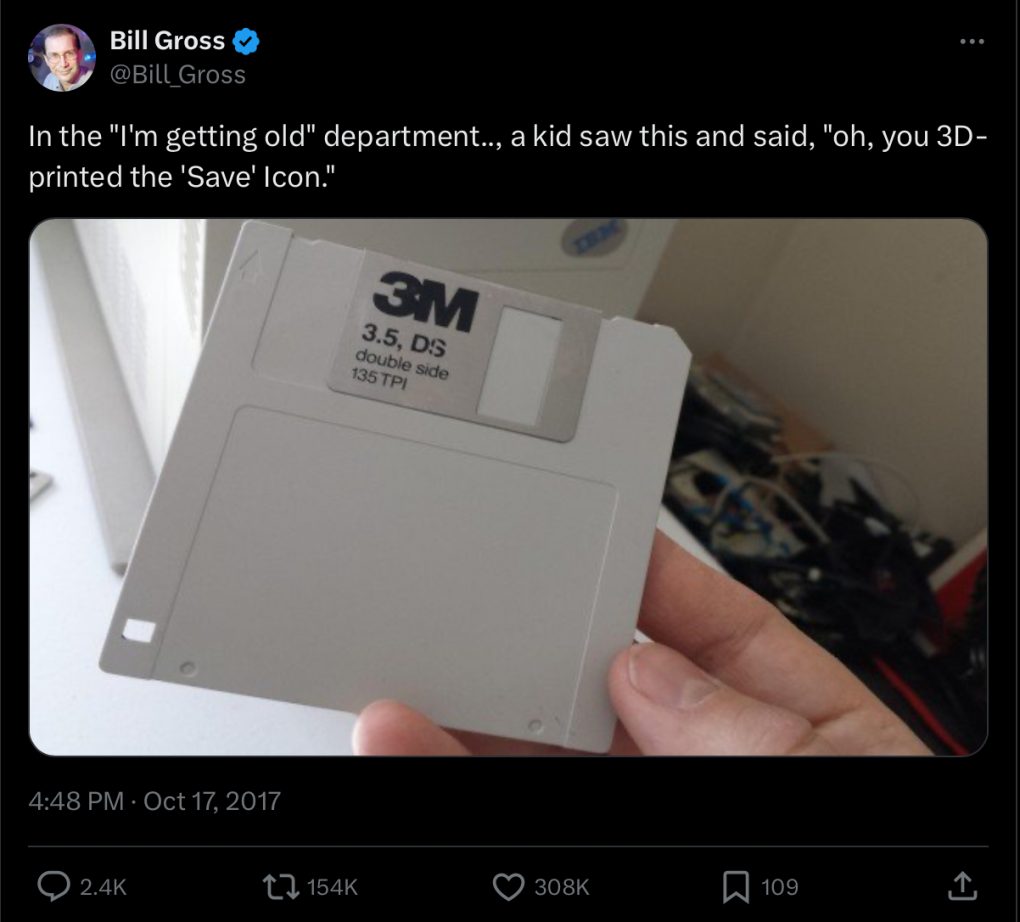
I think there’s a skeumorphication of legal work happening via tech and there’s perhaps some important context missing for people new to the scene.
This is not necessarily a new worry. Back in the old days when I was an academic teaching legal research, there were concerns that by digitizing information and putting it all into an amorphous blob reachable by a single search window in Lexis or Westlaw, students were not fully grasping fullness of the legal information ecosystem and determining the correct resource for each discrete information need.
I feel like this is yet another thing that will not be made better by GenAI.
One of the things that I like about being a GenXer – besides no one remembering to include us in generational battles – is that I’m old enough to have lived through a pre-digital world and have seen how knowledge work has changed through the years. I started doing research as a ~precocious~ child in the 1980s with card catalogs, microfilm/fische, and print index to periodicals. When I was in teen my parents would drive me to the Cincinnati Public Library on weekends to use their Lexis CD Rom collection to read up on whatever had caught my fancy that week.
College introduced me to online indexes for scholarly works but you still had to pull the journal off the shelves. Law school was mixed but with more full content going online via WEXIS but we still were taught book research. Library school and my early professional career added Web 2.0 into the mix and the barriers for adding digital content were shattered. The astronomic leap in available digital content from when I started law school in 1999 aka THE LAST CENTURY and when I started professional work as a librarian in 2005 is stunning when I think about it. But I do wonder if it would all make the same kind of sense to me if I had never started with a physical object or discrete research resources?
Yes, I know it’s a little ironic for me to be saying “hey maybe we should keep this all separated into discrete parts…”
And don’t get me wrong, I’m not saying that all past processes are great. I’ve recently gotten bifocals and feel like An Elder so I am doubly checking myself for any signs of “well i did this and turned out okay so young folks should suffer like I did too” -itis.
(Let me gently suggest that if you want other people to suffer needlessly just so that they can be harmed like you were, you did not, in fact, turn out okay.)
That being said, I just can’t let go of thinking that there’s some value – especially if you want to INNOVATE or DISRUPT a process or profession – to understand not only the existing processes and potential use cases of whatever you’re trying to create or implement, but to know how they got there in the first place.
Like, there’s a whole genre of legal tech that is basically “hey did everyone who is supposed to sign this thing do it and do it in the right spot?” It’s replicating a new associate walking around a conference table adding papers to piles of documents before a signing. Is that…the best way to complete a transaction? And why are we using…signatures? Or approximations of them?
I don’t know about you, but every time I sign something with DocuSign using one of their fake signature fonts that looks nothing like my actual signature I’m like “this is goofy.”
And I swear to GOD if any of you say “but with blockchain…” I’m turning this car around RIGHT NOW.
Some past processes and methods really should be shot into the sun. Sometimes the “how they got their story” is maybe going to provide more reason to disrupt it. (For example, like with the weird coincidence of bar exams cropping up suddenly after more Black law graduates began to appear.) But some things are just dumb for the sake of being dumb. In the PLLIP Summit session I moderated, Ed Walters brought up the concept of modern anachronism (or some term like that) for when we do things in law that make no sense in the 21st century. I believe the example he used was codification of law.
It’s not quite right, but another useful term is metachronism, or “An error in chronological ordering in which a character or an event is placed at too late a time.” When I’m talking to a room of impressionable law students, I touch upon this by pointing out that my job often consists of taking the legal world’s 19th century tools processes and trying to make them work in 2024. So to stay sane, I sometimes I pretend I’m at a steampunk convention.
Is it a legal tech conference, or an SCA meeting? Who can tell?
Once you start looking for them, there’s skeuomorphs all over the legal and legal tech worlds – and I think there’s a lot of work to be done in separating out which replications of the past are actually necessary and which ones are just there to make certain people…comfortable.
About “The Persistence of Memory”….
When chewing over the thoughts that formed the fuel for this post, I kept going back to the title of the Dali piece.
Like all famous art, there’s tons of interpretations as to what it meant – some even tying it to the theory of relativity – but Dali refused to provide an official one. I kept it as the title here because (1) law is filled with persisting memories/actions that we hang onto despite the obvious rot in them (as shown with the ants) but also (2) I was not aware – or didn’t remember – that 20 or so years after the original painting and after WWII and the nuclear age, Dali painted “The Disintegration of the Persistence of Memory”
In his post nuclear work, Dali reflects the atomic age by creating spaces in and between subjects to represent atomic space and in this case he is “digitizing” his earlier work. Well, shit, that was too good to pass up as a reference.

